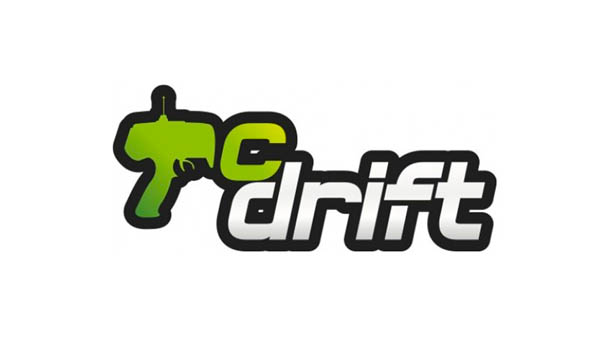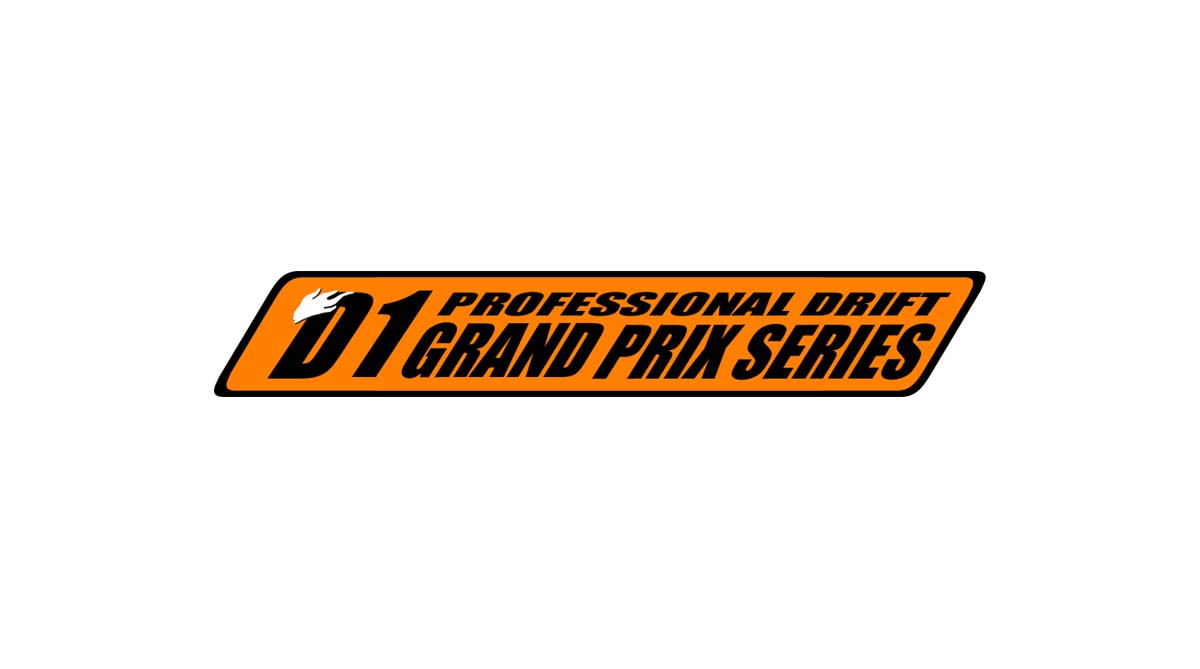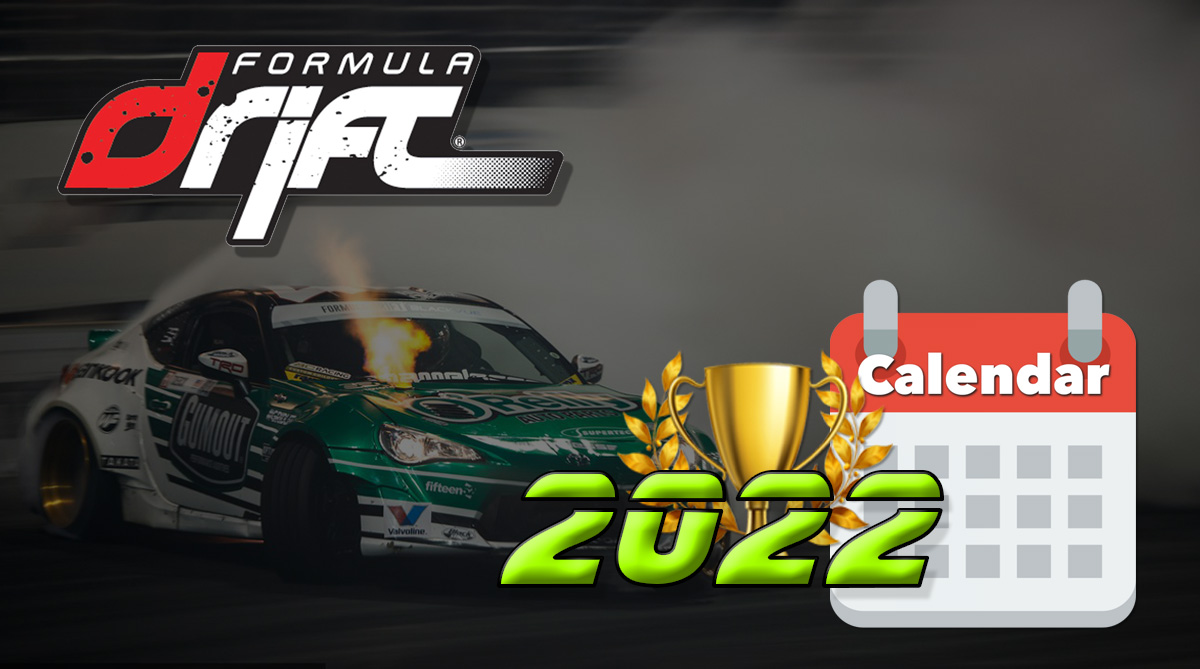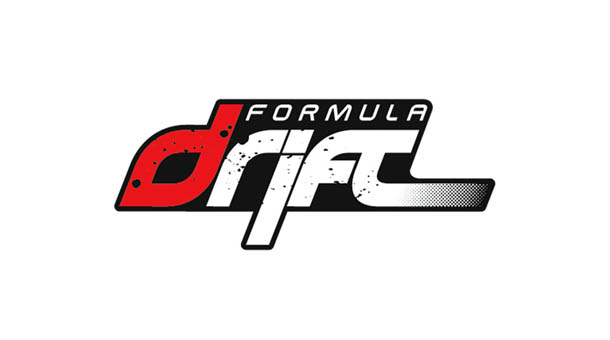Radio-controlled drift or "RC Drift" (remote control drift or radiokontrol rc drift) - a kind of racing using miniature cars to pass the track in a controlled skid. Such multifunctional devices are produced mainly in Japan, and the machines are equipped with electric motors with all-wheel drive transmissions. At the first acquaintance, the models are perceived as toys, after a detailed study it becomes clear that these are complex devices for sports competitions.
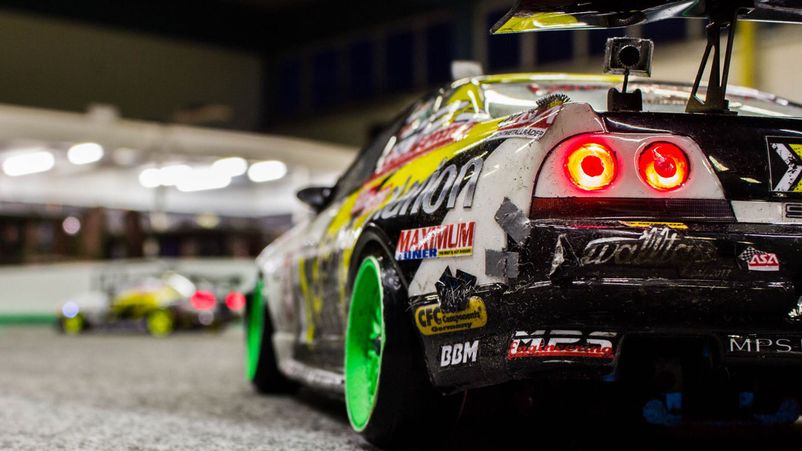
HISTORY OF RC DRIFT
1991, Tamiya develops the first chassis and components for the RC Drift. The pioneers of the sport have converted the basic versions of Drift models with their own hands. An overrunning clutch was installed that blocked the rear differential, rough and reliable tires were used instead of standard tires, and shock absorbers with variable height began to be widely used. The sport was gaining popularity, as a result, specialized car manufacturers appeared producing individual parts (rc drift kit). The breakthrough was the model "TT-01", released by Tamiya - a chassis popular among beginners was made in large quantities and is still on sale.
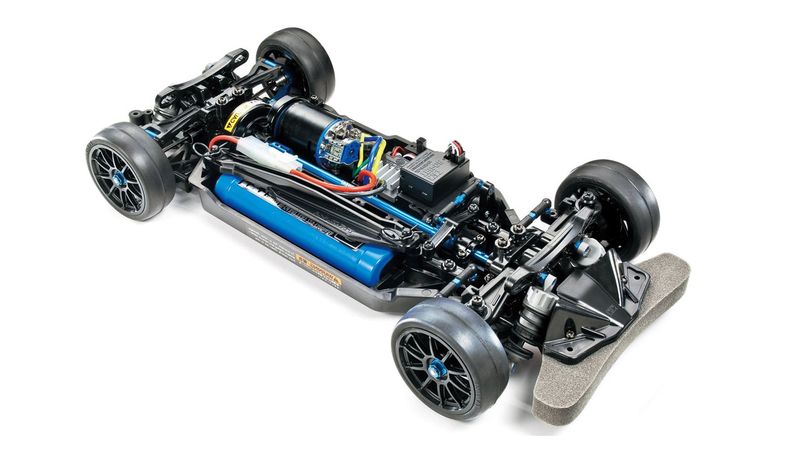
CHASSIS PACKAGE RC DRIFT
- KIT
The choice of the first model for RC Drift is highly dependent on the skills of the rider. There are 2 options for completing the Drift chassis: KIT and RTR. A beginner starting to master this sport is faced with the choice of the first car. To purchase a full-fledged model, you will need at least $200.
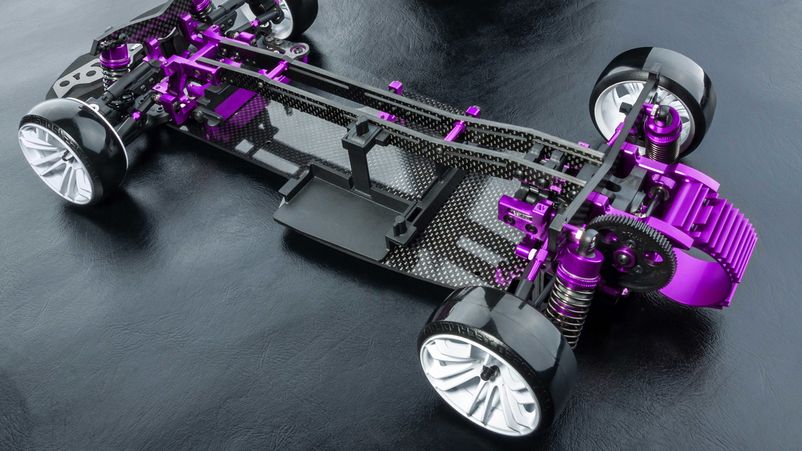
A set of components necessary for assembling the chassis is called - KIT (do-it-yourself kit for assembling a car model). It includes all the necessary parts and a user manual to help you assemble the model correctly. Machines of medium, professional level are sold unassembled.
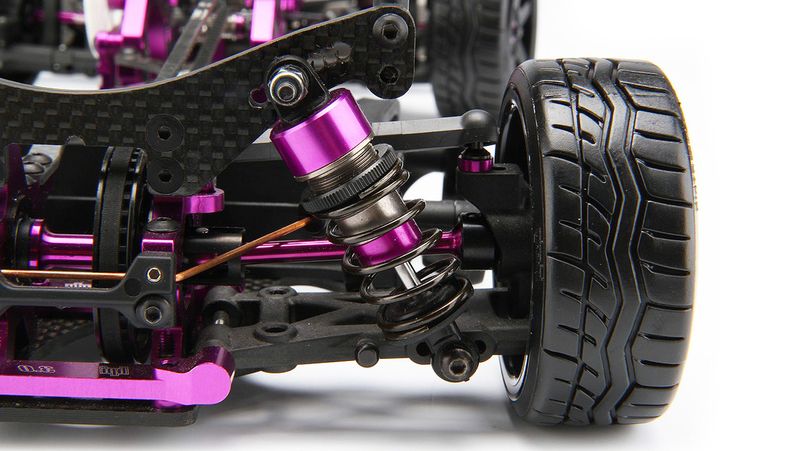
- RTR (READY TO RUN/RACE)
Ready to Race RC Drift car (Beginner Chassis) can be used immediately after unboxing. Sometimes RC Drift models are shipped without a power adapter or battery. These are entry level cars. They are used for informational purposes, helping to understand the features of radio-controlled drifting.
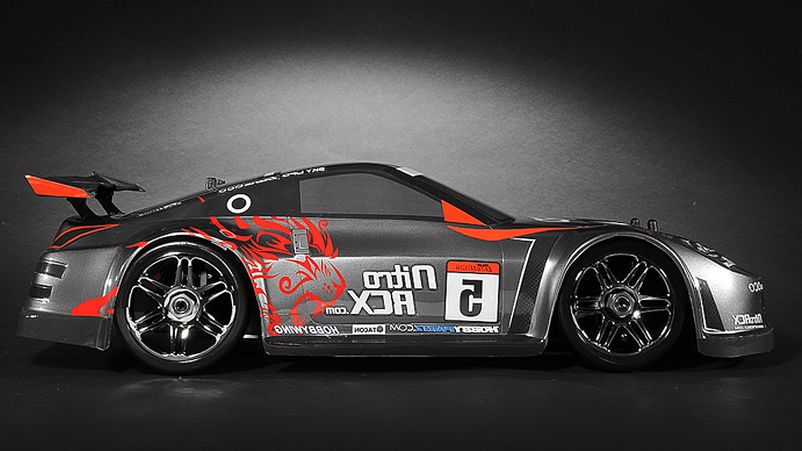
PARTS FOR RC DRIFT
The model consists of 4 parts: chassis, body, control panel, battery. The car includes: chassis, power unit, speed controller, servos.
- ENGINE, SPEED CONTROLLER
In RC Drift, there are 2 types of motors and speed controllers: cheap brushed and professional brushless. The first option is for beginners. Brushless motors are sensory (runs smoother but costs more), sensorless.
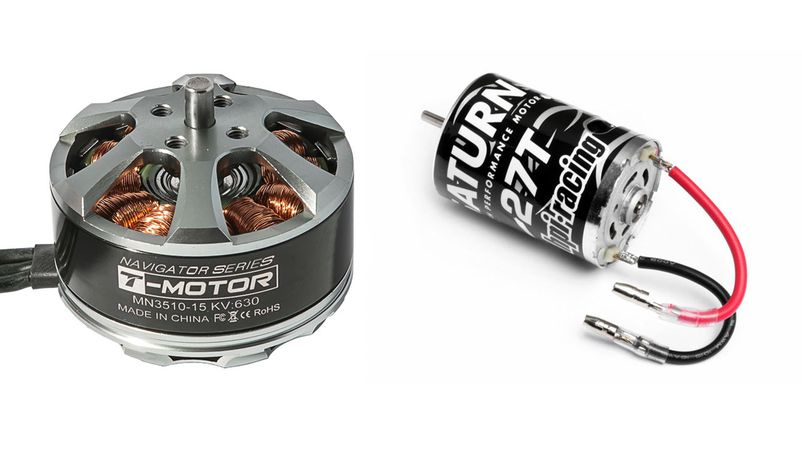
- WHEELS (RUBBER)
Like big racing cars, RC models need occasional pit stops to change rims and tires. Especially, such a question worries professional athletes who are responsible for the competition. Online stores offer a wide selection of wheels for RC chassis where you can buy original rubber kits from leading manufacturers, inserts and discs.
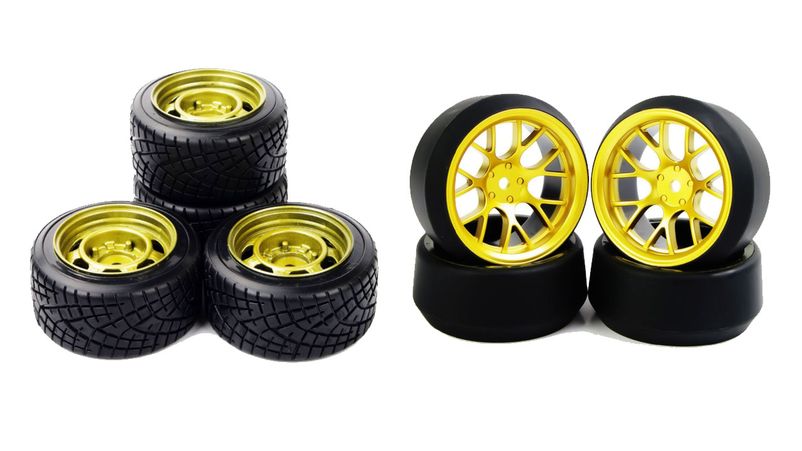
Beginning athletes, unlike professionals, mistakenly consider the differences between wheels to be purely cosmetic. There are standard and low profile.
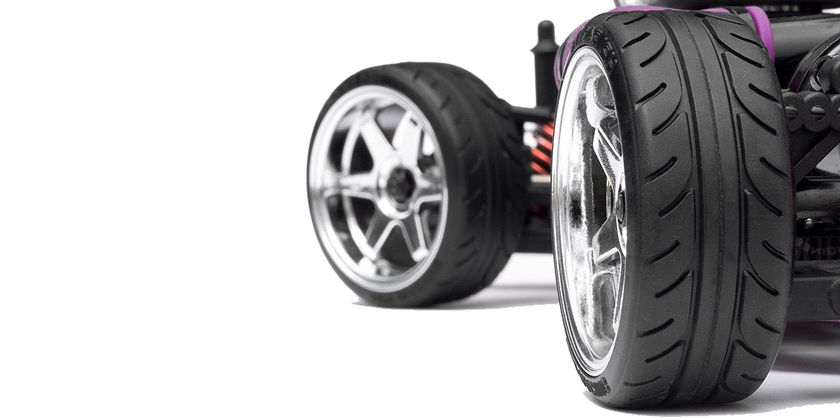
- SERVO
The device that turns the wheels is divided into analog and digital. The former are intended for beginners, the latter are used by experienced athletes.
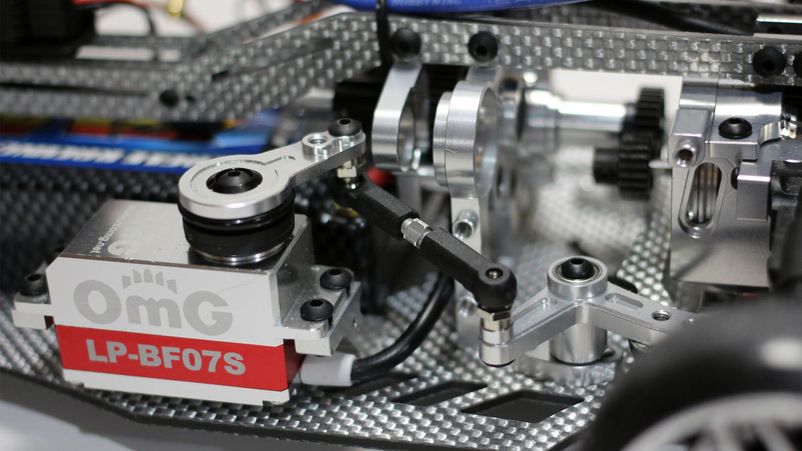
- CONTROL EQUIPMENT
The remote control transmits the chassis signal, it needs 2 communication channels. The first transmits signals about turning left / right, the second is responsible for pressing the gas and brake pedals.
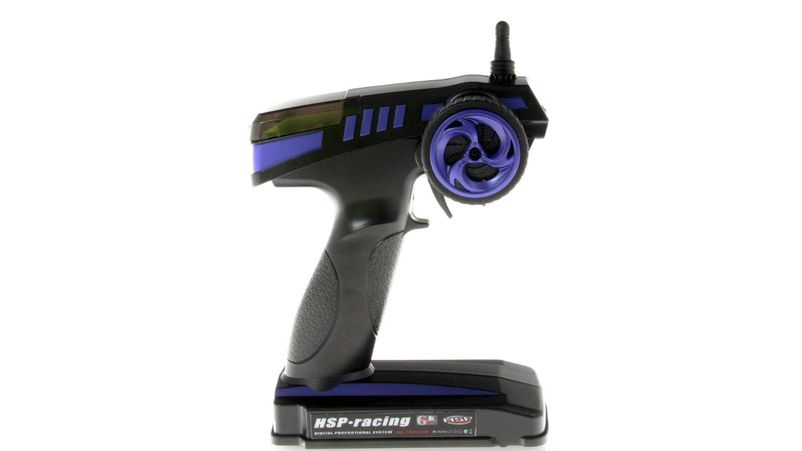
- BATTERY
The predominant number of models in RC Drift use a battery-powered electric motor. These can be Ni-Mh or Li-Po batteries. Devices of the Ni-Mh class hold a charge less but are more durable. Li-Po batteries hold a charge longer, fail faster and are considered explosive.
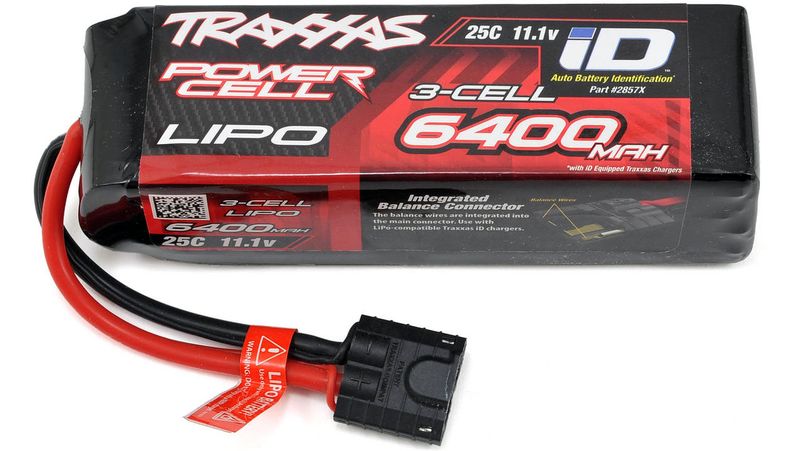
RC DRIFT CLASSES
Competitions include 3 different classes: 50/50, CS, RWD. For each class, a car is regulated that corresponds to the technical characteristics declared by the organizers. Among the athletes there are "generalists" participating in all types of competitions and specialists focused on a particular class.
- CS (COUNTER STEERING)
The class uses four-wheel drive, but the rear wheels spin faster. This is achieved through properly selected belts and gears of the gearbox. With a faster rotation of the rear wheels, the machine becomes like a rear-wheel drive.

- 50/50
The simplest class to master. It is characterized by a full uniform drive with a controlled steering wheel of the chassis, while less interesting due to the large difference from the drift of large cars.
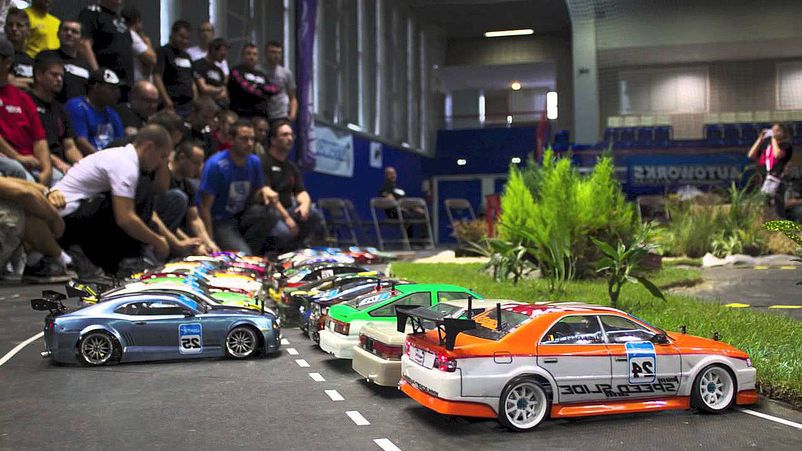
- RWD
Rear wheel drive class. RC Drift models can be equipped with a gyroscope. Appeared recently and is considered the most difficult. Minor chassis tweaks can make a big difference in a performance, and the slightest mistake can lead to a loss.
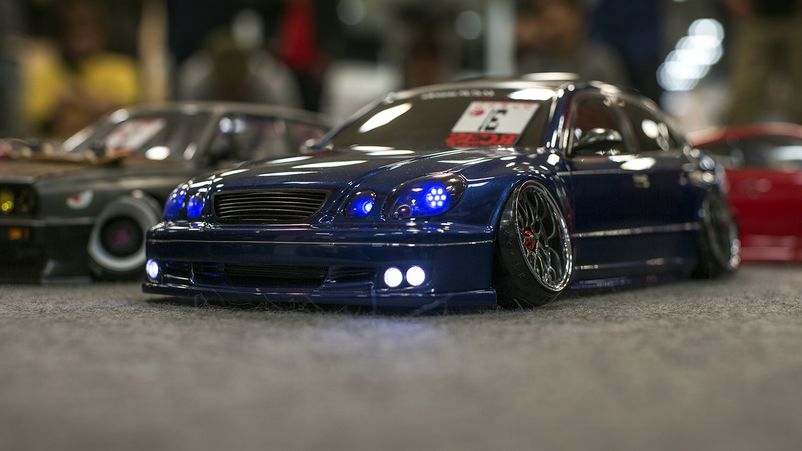
RC DRIFT CHAMPIONSHIPS
RC Drift competition requires a flat surface area size ami at least 5x5 meters. Asphalt, laminate, linoleum are used as a coating, and creating a track is a whole art. The most prestigious championship is the Japanese "RC Drift World Championship".
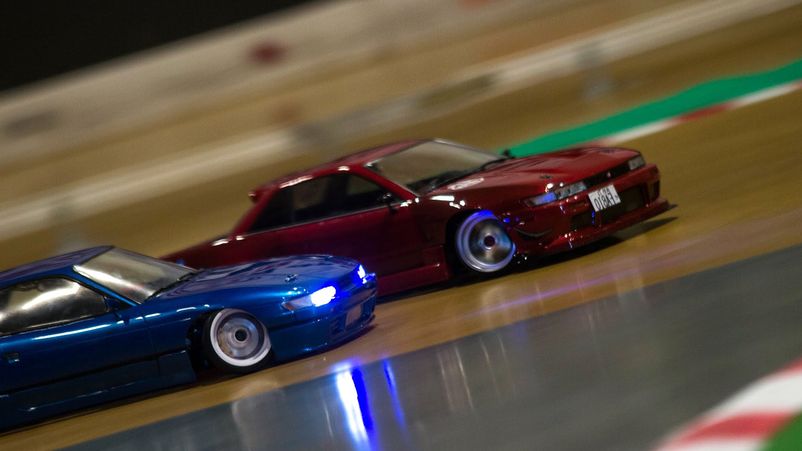
UKRAINIAN DRIFT RC
Athletes of any qualification can participate in RC Drift competitions. Models that have passed the registration and meet the declared technical requirements are allowed to participate (all cars must be 4-wheeled).
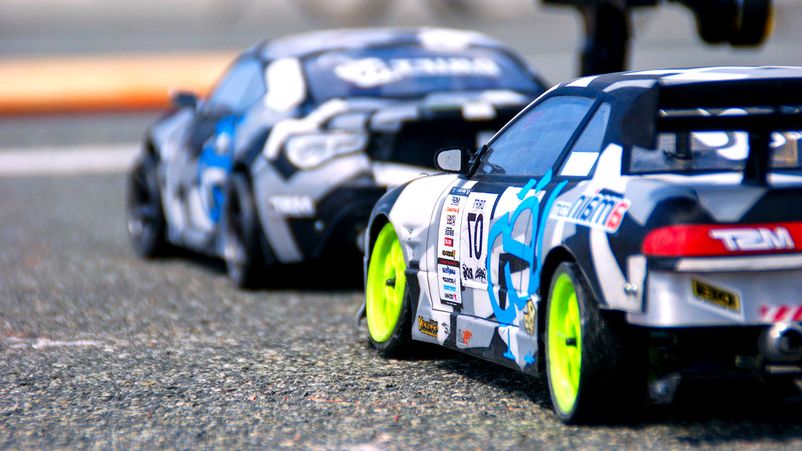
In Ukraine, the championship in this discipline takes place in 4 stages in different cities. The team standings is considered at the end of the competition, and the personal standings - at the end of the individual stage. There are 3 prizes in total. The competition is considered international subject to the participation of representatives of other countries.
RC DRIFT AND RED BULL
The Austrian energy drink company Red Bull sponsors and organizes championships in various countries. The firm has become widely known as a sponsor of RC Drift competitions.
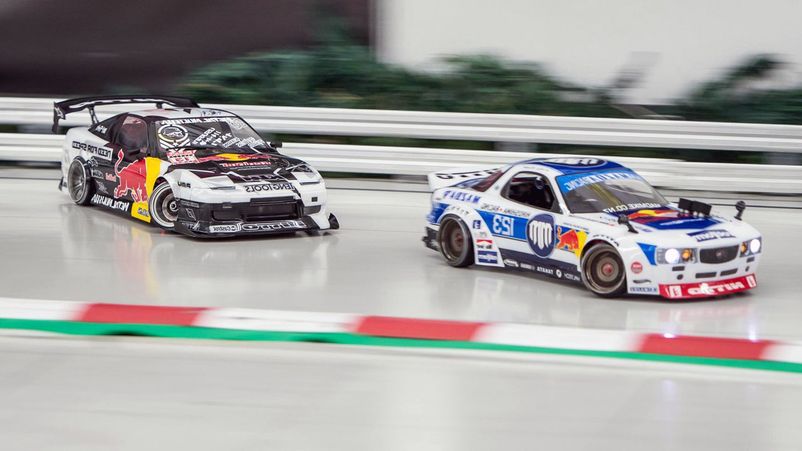
In 2016-2017, the Ukrainian drifter - Alexander Grinchuk (Grinya), officially sponsored by Red Bull, made documentaries "#Trajectory", in one of the episodes of which he revealed the essence of radio-controlled drifting.
